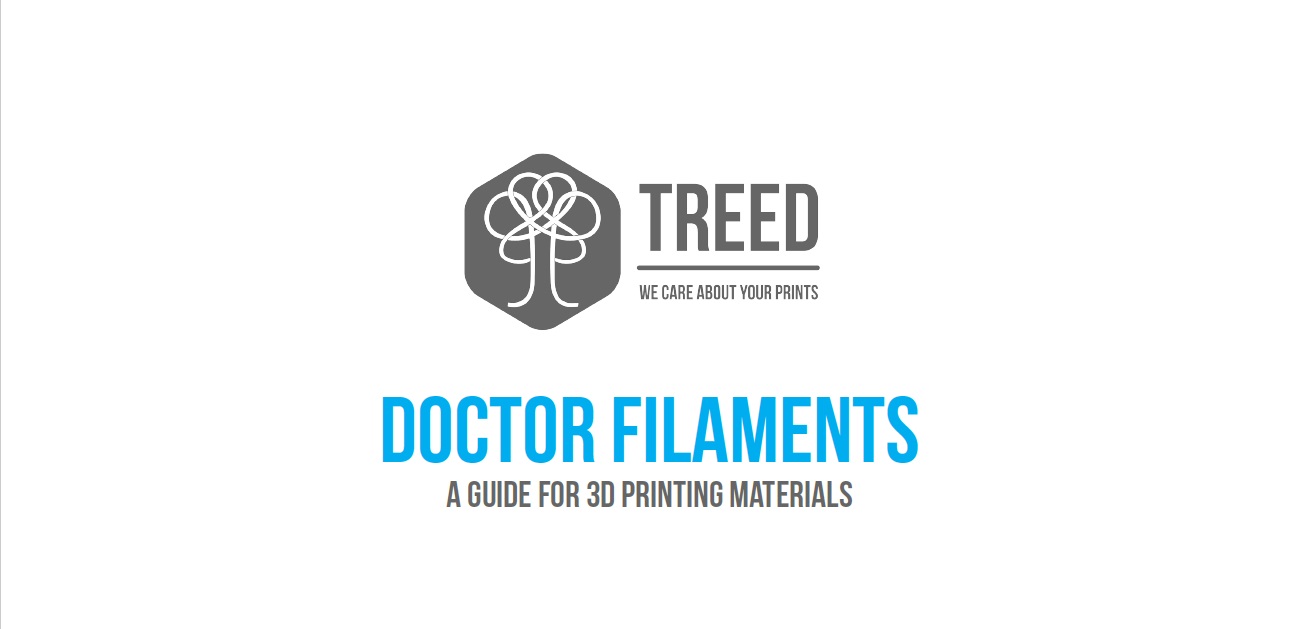[vc_row][vc_column][vc_column_text]The importance of using completely H2O-free raw materials
It is not a choice. It is a rule!
What is Hygroscopy
Wikipedia’s definition of hygroscopy (or hygroscopicity) is: the ability of a substance or materials to readily absorb water molecules present in the surrounding environment. These substances are called hygroscopic.
It is no secret that most polymers are hygroscopic and therefore have a natural predisposition to absorb the humidity present in the environment in which they are stored. Some have a very limited attitude of absorption, almost nil; others, on the other hand, are real water receptors.
Filaments: surface and internal hygroscopy
First of all, it is important to distinguish hygroscopy from hydrophilicity.
A hygroscopic material does not necessarily mean that it is also hydrophilic. A hygroscopic material absorbs moisture from the surrounding air, hydrophilic absorbs when immersed in water. A good example to understand the difference is to think at a wool, it absorbs a lot of moisture from the air but if immersed in water it is difficult to get wet. Wool is hygroscopic but not hydrophilic.
In the world of FFF 3D printing, a further clarification needs to be made: there is surface hygroscopy on the material and internal hygroscopy, which reaches deep into the material.
It is important to understand what happens when a polymer, or in our case a 3D filament, comes into contact with water molecules present in the air. In most cases these bind partially to it, superficially or internally to the filament. The variable humidity is always present.
Difficulties may arise when we start using the 3D printer which, thanks to the thermal energy and heat of the extrusion generated, releases the H2O molecules in the form of vapor. In practice, the water molecules captured from the environment and present in our filament, in contact with the heat of the print are released into the air evaporating from our polymer.[/vc_column_text][vc_row_inner][vc_column_inner width=”1/2″][vc_single_image image=”7150″ img_size=”400×400″ add_caption=”yes” alignment=”center” image_hovers=”false”][/vc_column_inner][vc_column_inner width=”1/2″][vc_single_image image=”7151″ img_size=”400×400″ add_caption=”yes” alignment=”center” image_hovers=”false”][/vc_column_inner][/vc_row_inner][vc_column_text]
Hygroscopy and alteration of polymers
What happens to the polymer or filament at the time of printing?
During the printing phase, the water absorbed by the polymer is released in the form of vapor that will seek a vent or a way out of the polymer itself. Given the physical composition of the polymer and its small diameter, the saturated vapor pressure will inevitably mark the polymer. In the case of low-hygroscopic materials, we will only see small surface roughnesses, the filament will be irregular. While in the case of highly hygroscopic polymers we will obtain an intermittent vapor discharge and the presence of bubbles on the outgoing filament.
In any case we will find the molecular chains damaged, losing the mechanical and structural characteristics of the product.
The glass fibers but mostly the carbon fibers behave like small straws for drinks, they tend to carry the water up to the heart of the filament, increasing the possibility of damaging the material.[/vc_column_text][vc_row_inner][vc_column_inner width=”1/2″][vc_single_image image=”7158″ img_size=”400×400″ add_caption=”yes” alignment=”center” image_hovers=”false”][/vc_column_inner][vc_column_inner width=”1/2″][vc_single_image image=”7159″ img_size=”400×400″ add_caption=”yes” alignment=”center” image_hovers=”false”][/vc_column_inner][/vc_row_inner][vc_column_text]
How to prevent damage caused by hygroscopy
It is a good idea to always dry the filaments before using them.
In this way we can always count on the maximum reliability and repeatability of our printing process.
Few rules:
– Use a dryer or better a dehumidifier with continuous supply of the filament towards the printer.
– Store the wire spools in a dry environment, stored in resealable bags, preferably airtight.
ATTENTION: If the print lasts more than 20 hours, this is the time for the filament to absorb moisture again (extreme cases PA Nylon), there may be mechanical differences on the piece.
% OF POLYMER ABSORPTION INDEX, DRYING TIME AND TEMPERATURE
NB: data refer to filaments with an external diameter of 1.75 mm For filaments with a diameter of 2.85 mm it is necessary to increase the drying times. The data are indicative and not binding.
Polymers that are the exception:
Obviously there are materials that do not follow the rules such as TPE-U, commonly called Thermoplastic Polyurethane, which requires special attention. From 80 shore A to down, 70, 60 … etc you have to pay attention to the drying times, that is to avoid that a prolonged drying time at 80°, over 2 hours, damages the material. This happens because TPE-U has a volatile component at too long a temperature, varying its hardness.
Materials such as PP, PE, HIPS and PVC do not require drying as the level of hygroscopy is so low that it does not compromise the performance of the final product.
[/vc_column_text][ult_buttons btn_title=”DOWNLOAD WHITE PAPER” btn_link=”url:https%3A%2F%2Ftreedfilaments.com%2Fdry_3d_filaments%2F|target:_blank” btn_align=”ubtn-center” btn_size=”ubtn-large” btn_bg_color=”#ffffff” icon_size=”32″ btn_icon_pos=”ubtn-sep-icon-at-left” btn_border_style=”solid” btn_color_border=”#000000″ btn_color_border_hover=”#000000″ btn_border_size=”2″ btn_radius=”3″ btn_font_family=”font_family:Roboto Condensed|font_call:Roboto+Condensed” btn_font_style=”font-weight:bold;” btn_font_size=”desktop:20px;” btn_line_height=”desktop:1px;”][/vc_column][/vc_row]



0 Comments